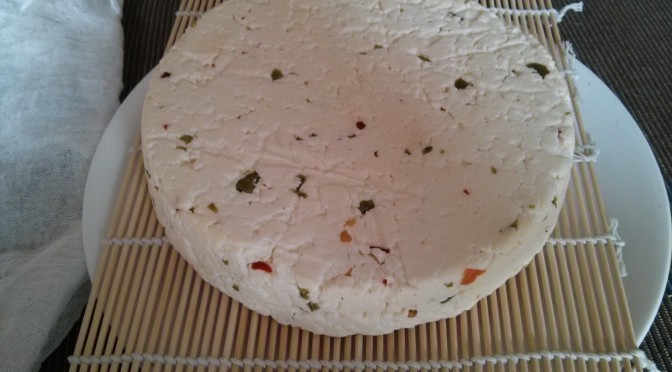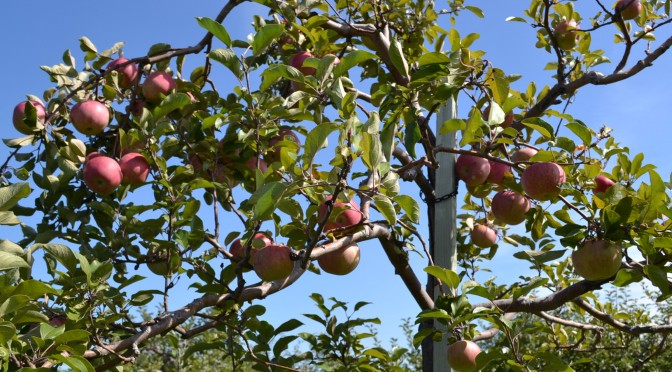I was sitting in my living room a few days ago when my cat, Corran, wandered over and started playing with his chipmunk toy. He was having fun, so I watched him play for a few moments … until I remembered that we don’t have a chipmunk toy.
He was playing with an actual, dead chipmunk! I took the “toy” away from him, and I thought that was that.
A few hours later, I happened to glance inside my home office while walking upstairs. Inside, I saw three little shapes lying in the shadows. My first thought was that this was a dead chipmunk family. I took a moment to brace myself before reaching for a light switch …
… and I have never felt so relieved at finding dog poop on the floor!





































